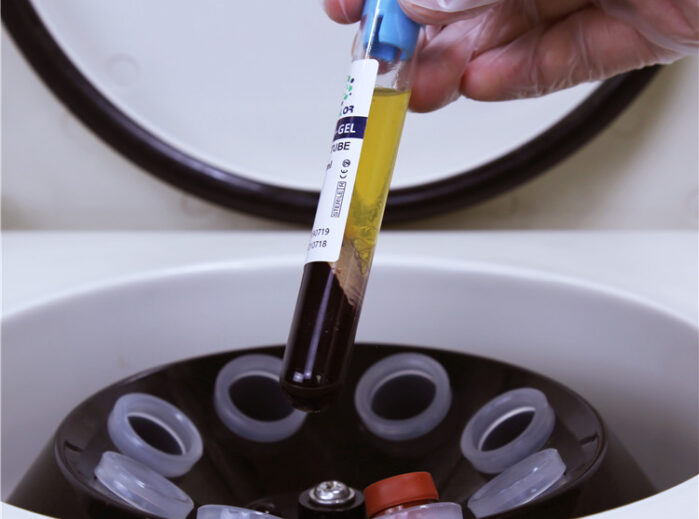PRP Kit for Hair Growth
Introduction to PRP Therapy for Hair Loss
Platelet-Rich Plasma (PRP) therapy has emerged as a significant advancement in treating hair loss, particularly conditions like androgenetic alopecia and female pattern hair loss. This therapy utilizes the patient’s own blood platelets to stimulate hair regrowth.
The Science Behind PRP
PRP works by concentrating platelets from the patient’s blood. These platelets release growth factors that promote tissue repair and regeneration, crucial for hair follicle rejuvenation.
Benefits of PRP for Hair Regrowth
PRP therapy can enhance hair thickness, stimulate dormant hair follicles, and improve scalp health, leading to visible hair regrowth and reduced hair loss.
Components of a PRP Kit
Essential Elements in a PRP Kit
A typical PRP kit includes a blood collection tube, centrifuge, anticoagulant, and syringes for extraction and injection of PRP.
How to Prepare a PRP Kit
Blood is drawn from the patient and then processed in a centrifuge to separate the platelets. The concentrated platelet-rich plasma is then prepared for injection.
The PRP Procedure Explained
Steps in the PRP Treatment
The PRP is injected into the scalp where hair loss is observed. The process typically involves multiple injections to cover the area effectively.
Aftercare and Maintenance
Post-treatment, patients are advised to avoid harsh chemical treatments and maintain a healthy scalp for optimal results.
Efficacy and Results of PRP Therapy
What to Expect from PRP
Results vary but generally include a decrease in hair loss, increase in hair density, and improvement in hair thickness.
Real-life Success Stories
Many individuals report positive outcomes with PRP, experiencing significant hair regrowth and improved hair health.
Comparing PRP to Other Hair Growth Methods
PRP vs Other Treatments
PRP is often more desirable due to its natural approach, using the body’s own healing mechanisms, unlike pharmaceutical treatments.
Cost-Benefit Analysis of PRP
While PRP can be costlier than some treatments, its effectiveness and lower risk profile often justify the investment.
Safety and Side Effects of PRP Therapy
Potential Risks
Side effects are generally minimal but can include scalp tenderness, swelling, and mild pain at injection sites.
How to Mitigate Side Effects
Choosing a qualified practitioner and adhering to post-treatment instructions can minimize risks.
Ideal Candidates for PRP Therapy
Suitability for PRP
Individuals with early-stage hair loss and good overall health are ideal candidates.
Consultation and Professional Advice
A thorough consultation with a healthcare provider is essential to determine suitability for PRP therapy.
Future of PRP in Hair Restoration
Latest Research and Developments
Ongoing research continues to refine PRP techniques and efficacy, with promising results in various forms of hair loss.
Personalizing PRP Treatments
Future advancements may include personalized PRP formulations tailored to individual patient needs.
Conclusion: Embracing PRP for a Fuller, Healthier Hair
PRP therapy represents a significant step forward in hair restoration, offering hope and improved quality of life for many experiencing hair loss.
FAQs
Q1: Results can typically be seen within three to six months after the initial treatment.
Q2: Ideal candidates are those with early hair loss and good scalp health.
Q3: Side effects are generally minor and include scalp tenderness and mild swelling.
Q4: PRP offers a more natural approach compared to pharmaceutical treatments and is effective for various types of hair loss.
Q5: Advancements include refining extraction techniques and personalizing treatment protocols.








